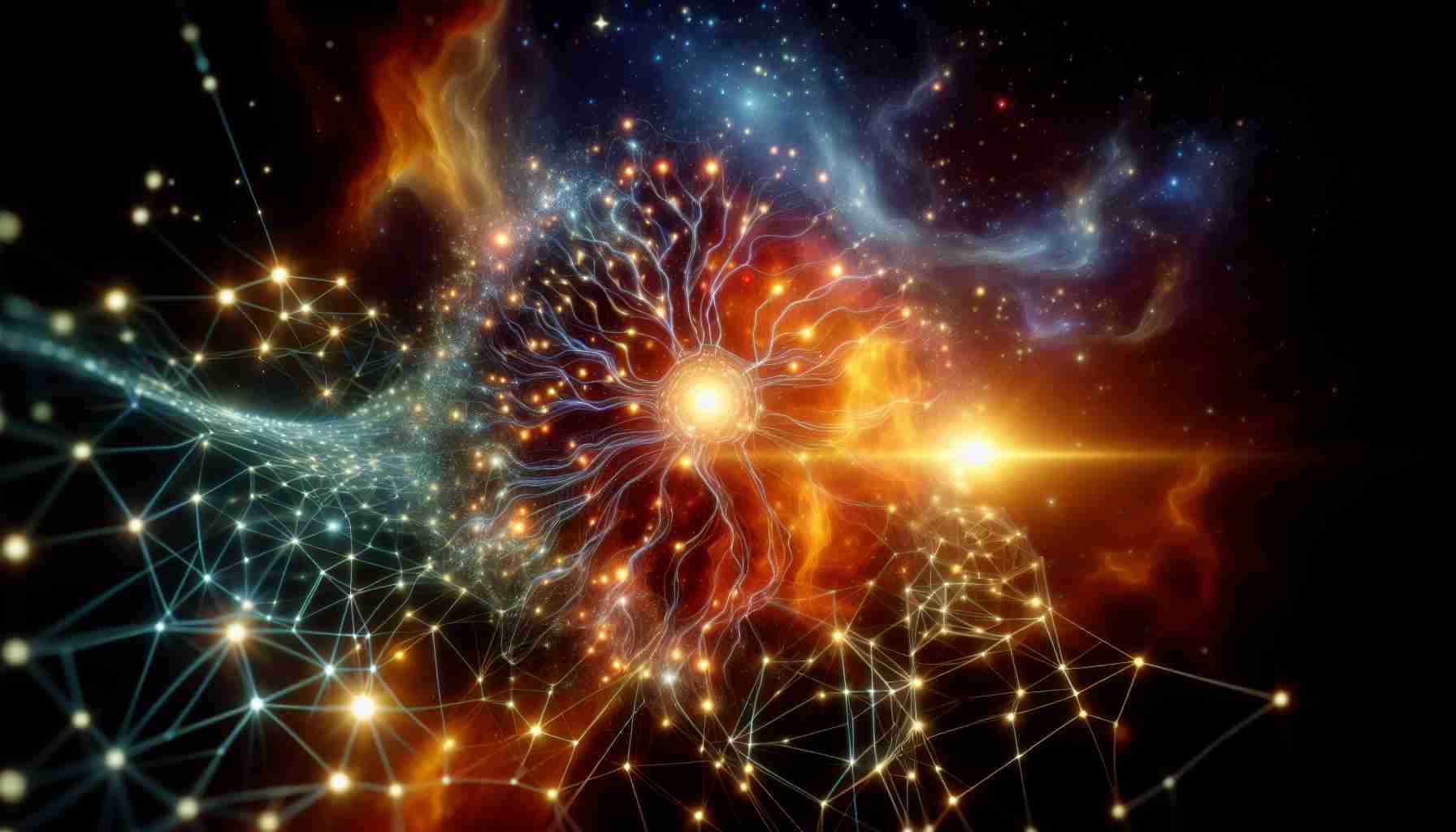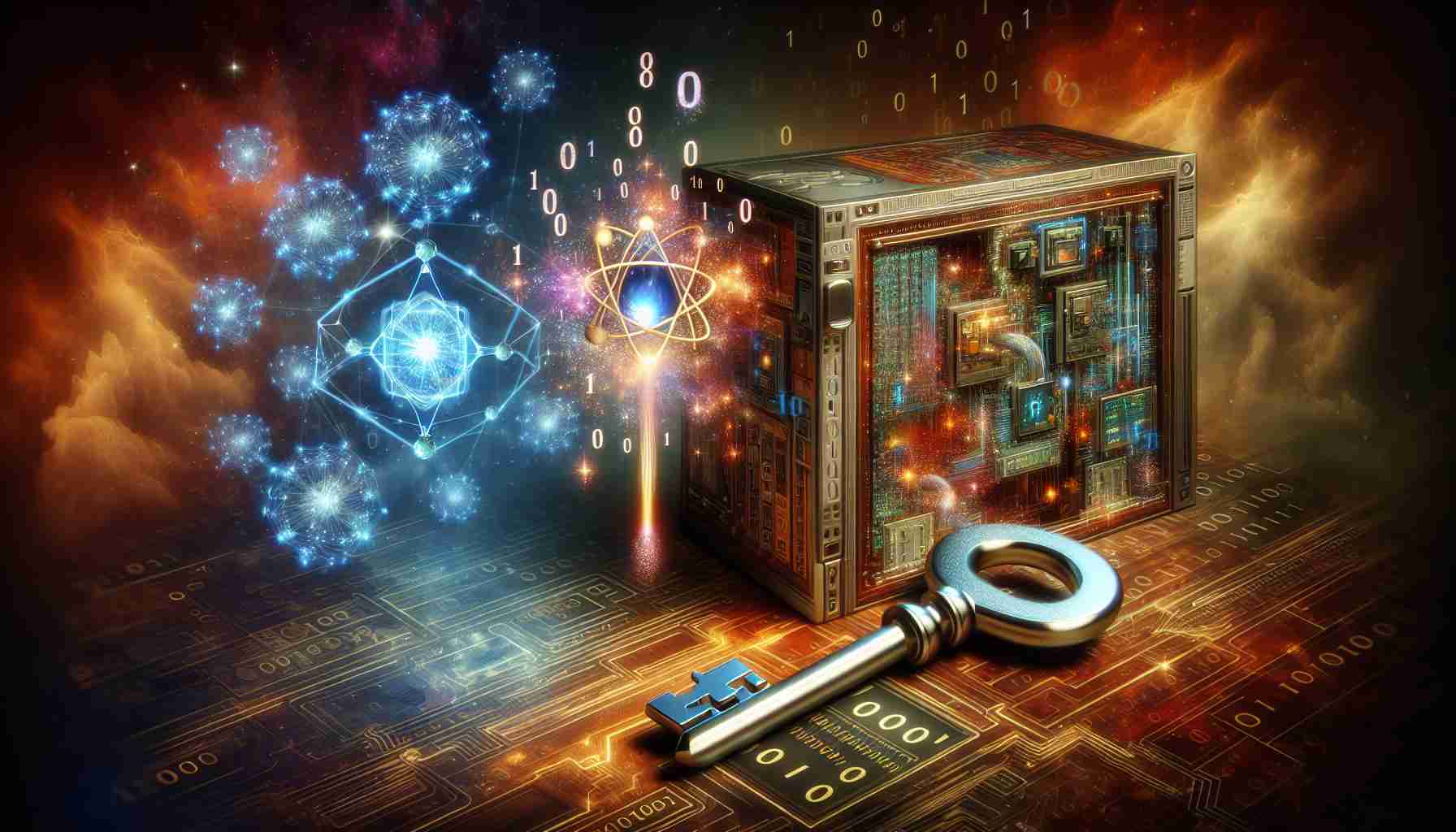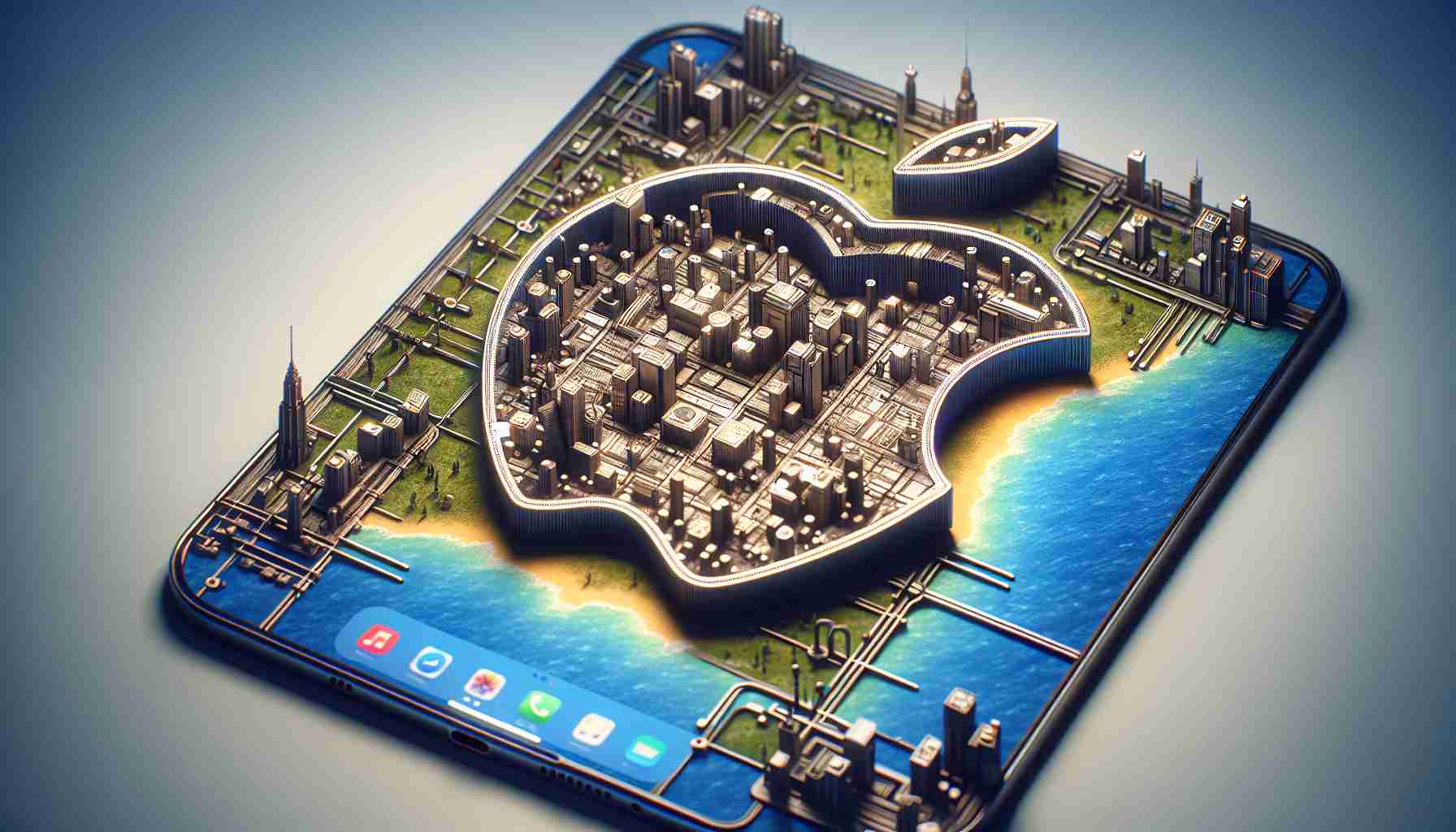OpenAI’s GPT-3, or Generative Pre-trained Transformer 3, continues to captivate the tech world and beyond with its remarkable capabilities. Released in June 2020, GPT-3 is a state-of-the-art language model known for its impressive natural language processing abilities. It is the third iteration of OpenAI’s GPT model family and is designed to understand and generate human-like text.
GPT-3’s architecture consists of a staggering 175 billion parameters, making it one of the largest language models ever created. These parameters allow GPT-3 to comprehend context, predict text sequences, and produce coherent, contextually relevant content. Unlike its predecessors, GPT-3 has been pretrained on a diverse dataset that spans vast segments of the internet, enabling it to respond accurately to a wide range of topics.
One of the key features of GPT-3 is its ability to perform “few-shot” and “zero-shot” learning. It can understand and complete new tasks with only a handful of examples, or sometimes even without explicit examples, showcasing its groundbreaking flexibility and adaptability. This capability has been leveraged to build applications across various domains, such as coding assistance, content creation, and conversational agents.
Despite its impressive abilities, GPT-3 is not without limitations. It can generate biased or factually incorrect information, and it often lacks a deep understanding of the text it processes. Nevertheless, GPT-3’s transformative potential in fields like education, entertainment, and business remains undeniable, sparking ongoing discussions about the future of AI and its role in society.
The Untold Impact of GPT-3 on Society: Innovations and Controversies
OpenAI’s GPT-3 has taken the spotlight, but what lies beneath the surface of its technological marvel? Beyond the buzz, GPT-3 has significantly influenced not just the tech world, but also societal norms and economic patterns.
How is GPT-3 Revolutionizing Industries?
GPT-3 is making waves in industries such as healthcare, legal sectors, and education, offering automation capabilities that streamline mundane tasks. In education, for instance, it powers intelligent tutoring systems, potentially democratizing access to learning resources globally. Could this mean a shift towards more egalitarian education models? Yet, this automation raises questions about employment impacts, with potential job displacement looming for roles reliant on routine data processing.
Controversial Conversations: Ethical and Societal Impacts
A recurring topic of debate is the ethical use of GPT-3. With its ability to produce human-like text, GPT-3 can be used for creating deepfakes or spreading misinformation. Who is accountable for content generated by artificial intelligence? Governments and communities are grappling with these ethical quandaries, pondering regulations that balance innovation with societal risk.
Interesting Developments
An intriguing application of GPT-3’s potential is in creative writing and arts, where it assists writers with creative block by generating idea prompts and even entire storylines. However, this also stirs controversy: could automation dilute the human element essential in art?
This dual nature of innovation and risk prompts a pressing question: how can we harness GPT-3’s capabilities while safeguarding ethical standards? As we ponder these insights, the balance between technological progress and societal impact becomes more crucial.
For more insights, visit OpenAI.






















